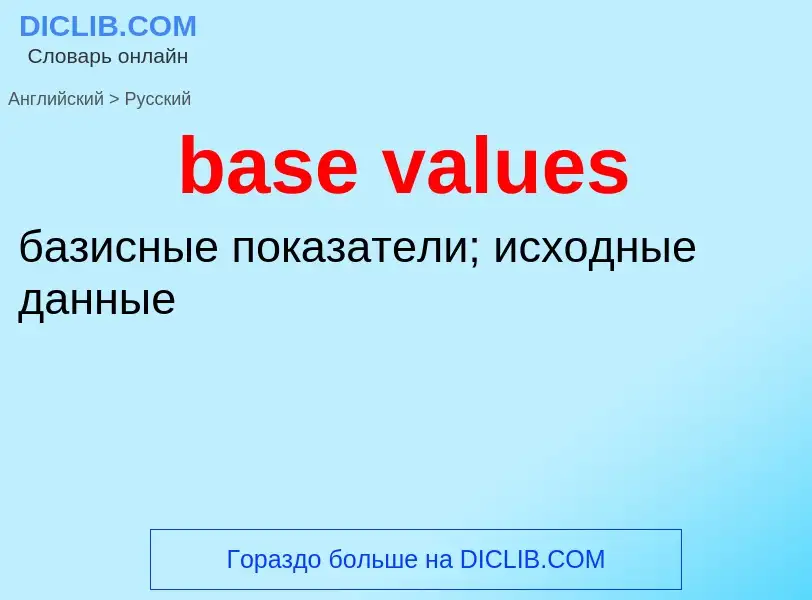Translation and analysis of words by ChatGPT artificial intelligence
On this page you can get a detailed analysis of a word or phrase, produced by the best artificial intelligence technology to date:
- how the word is used
- frequency of use
- it is used more often in oral or written speech
- word translation options
- usage examples (several phrases with translation)
- etymology
base values - translation to russian
математика
открытый базис
медицина
избыток оснований
Definition
Wikipedia

In mathematics, in particular functional analysis, the singular values, or s-numbers of a compact operator acting between Hilbert spaces and , are the square roots of the (necessarily non-negative) eigenvalues of the self-adjoint operator (where denotes the adjoint of ).
The singular values are non-negative real numbers, usually listed in decreasing order (σ1(T), σ2(T), …). The largest singular value σ1(T) is equal to the operator norm of T (see Min-max theorem).
If T acts on Euclidean space , there is a simple geometric interpretation for the singular values: Consider the image by of the unit sphere; this is an ellipsoid, and the lengths of its semi-axes are the singular values of (the figure provides an example in ).
The singular values are the absolute values of the eigenvalues of a normal matrix A, because the spectral theorem can be applied to obtain unitary diagonalization of as . Therefore, .
Most norms on Hilbert space operators studied are defined using s-numbers. For example, the Ky Fan-k-norm is the sum of first k singular values, the trace norm is the sum of all singular values, and the Schatten norm is the pth root of the sum of the pth powers of the singular values. Note that each norm is defined only on a special class of operators, hence s-numbers are useful in classifying different operators.
In the finite-dimensional case, a matrix can always be decomposed in the form , where and are unitary matrices and is a rectangular diagonal matrix with the singular values lying on the diagonal. This is the singular value decomposition.


